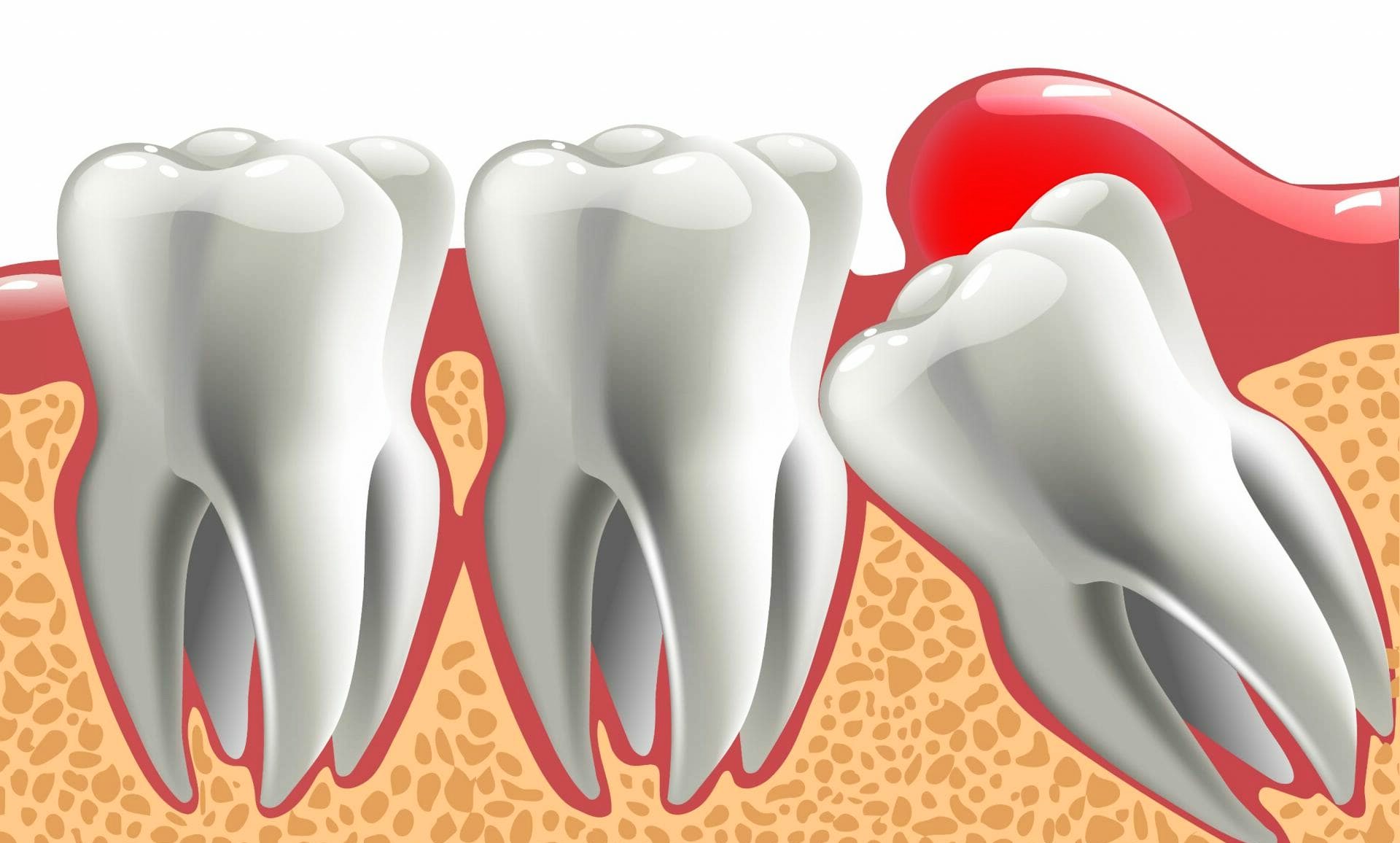Suffering from whiplash can be a painful and challenging experience. One of the most frustrating aspects of this condition is finding a comfortable way to sleep at night. The pain and discomfort can disrupt sleep patterns, leaving you exhausted and frustrated. But fear not! In this comprehensive guide, we will explore various strategies and tips on how to sleep with whiplash, ensuring that you wake up refreshed and without added pain.
What is Whiplash Injury
Whiplash is a neck injury when your head is suddenly jerked backward and forward. This rapid motion can strain the muscles, ligaments, and tendons in your neck, leading to pain, stiffness, and reduced mobility. This jerking motion causes a snapping sound that can last for several weeks. The jerking motion can affect one or both sides of the neck.
Symptoms of a whiplash trauma
Following are the symptoms that appear after whiplash trauma;
- Neck pain
- Nausea
- Pain in the shoulder and back
- Headaches
- Difficulty moving your neck
- Neck stiffness
- Tingling sensation and numbness
Tips on How to Sleep with Whiplash Injury
Whiplash injuries can cause severe neck pain and stiffness, making it crucial to adopt specific sleep practices to minimize discomfort. Here are some valuable tips to help you get a good night’s sleep despite your injury:
1. Hot or Cold Compress
A hot or cold compress is a good treatment for whiplash injury. You can use a hot or cold compress at home. The compress can help you to ease your pain. A hot compress can help loosen up the muscles and ease the tightness in the muscles. You can use a hot compress using a towel or a wet washcloth.
Place it on the affected part of your neck and leave it for 15 minutes. After 15 minutes, you can repeat the same process again. You can also use a hot compress to relieve the pain.
2. Pillow Selection

Choosing the right pillow is crucial for neck support. Opt for a pillow that provides adequate support and aligns your neck and spine. Memory foam pillows are often recommended for their ability to conform to your neck’s shape.
3. Adjust Your Sleeping Position
Sleeping in the right position can make a significant difference. Experiment with different sleeping positions to find the one that offers the most comfort. Many people with whiplash find relief by sleeping on their back with a rolled towel or small pillow under their neck for added support. This position helps maintain proper spinal alignment.
4. Spine Support Mattress:
Invest in a comfortable and supportive mattress. Medium-firm mattresses are often the best choice as they offer a balance between comfort and support. This type of mattress is filled with memory foam. This material will mold itself to your body’s contours.
5. Neck Exercises & Relaxation Techniques
Engage in gentle neck exercises during the day to alleviate stiffness and improve blood circulation. This can contribute to reduced pain when trying to sleep. Practice relaxation techniques such as deep breathing, meditation, or progressive muscle relaxation before bedtime. These techniques can help calm your mind and reduce stress, making it easier to fall asleep.
6. Take Pain Relief Medication:
If you are suffering from whiplash, you may want to consider taking some medication to help relieve the pain. There are many different types of medications that you can use to relieve the pain. Your doctor will be able to suggest the best one to take based on your condition.
Consult your healthcare provider for appropriate pain management strategies. Over-the-counter pain relievers or prescribed medications can be helpful, but it’s essential to follow your doctor’s guidance. They may also have more tips on how to sleep with whiplash.
Best Sleeping Positions for Sleeping with Whiplash Injury
Here are some of the best sleeping positions to consider:
Sleeping on the side

If you prefer to sleep on your side, choose the side-lying position with caution. Place a pillow between your knees to maintain proper spinal alignment. Additionally, use a supportive pillow for your head and neck. This position can reduce strain on your neck and upper back.
Elevated back position
Elevating your upper body slightly can reduce pressure on the neck and spine. To achieve this position, use a wedge pillow or stack regular pillows under your upper back and head. This elevation can help alleviate pain and discomfort associated with whiplash.
Supine Position
Sleeping on your back with a supportive pillow is another excellent option. Use a pillow that cradles your neck and keeps your spine aligned. This position helps distribute weight evenly and minimizes strain on the injured area.
Effects of Whiplash on Your Sleep and Health
Whiplash injuries can affect your sleep. This is because the constant trauma of whiplash can cause stress in your neck and spine. This can be particularly damaging to your ability to fall asleep and stay asleep. Studies suggest that chronic sleep disorders can lead to depression, headaches, and other health problems.
Read Also: How To Clean a Lululemon Yoga Mat Within A Few Minutes
Conclusion
Sleeping with whiplash can be challenging, but with the right strategies and a supportive sleep environment, you can significantly improve your sleep quality. Remember to consult your healthcare provider for personalized advice, and don’t hesitate to try different techniques to find what works best for you.



